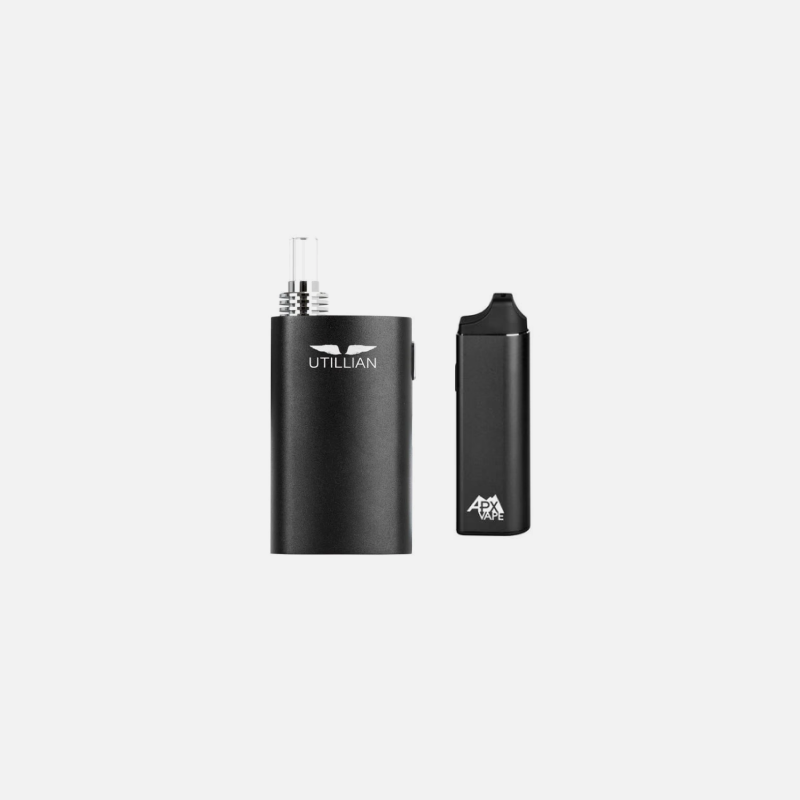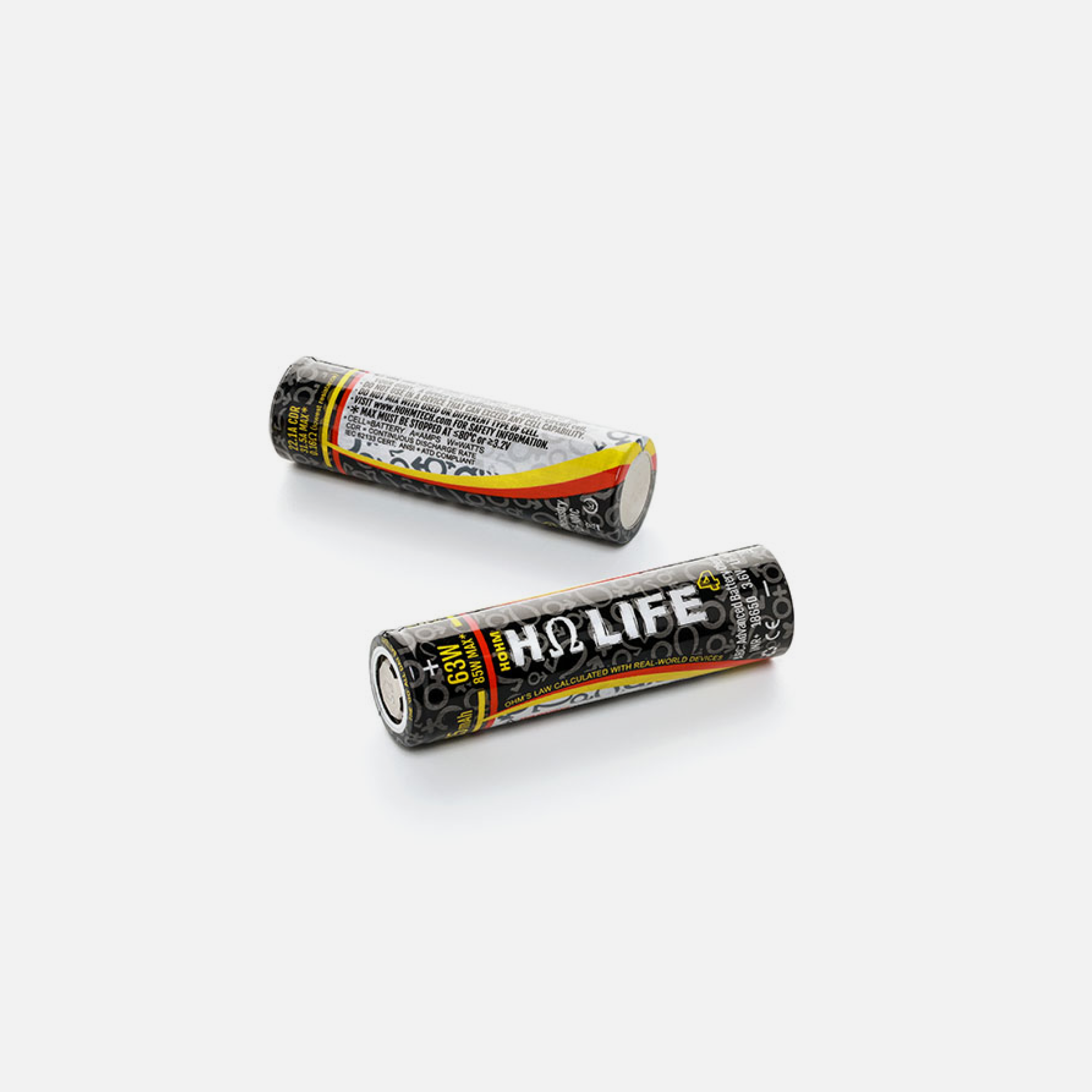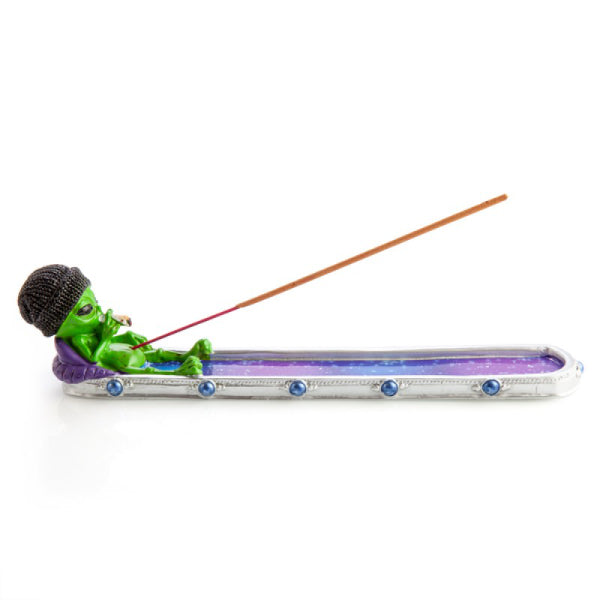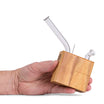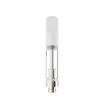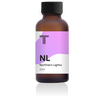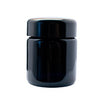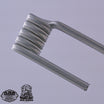Cannabis and its use by humans date back as far as 2800 BC. The plant’s medicinal properties are known for millennia because it was used for treating a variety of health conditions. It was also added to Emperor Shen Nung’s pharmacopeia.
The history of cannabis is long and vibrant. It was used for the first time in western China or central Asia. During this period, most of its usage was for its potential healing properties. Its first use is documented in 2800 BC when the father of Chinese medicine, Emperor Shen Nung, listed it in his pharmacopeia. Many Greek, Roman, Assyrian, and Hindu texts mention the therapeutic demonstrations of cannabis. They report the use of cannabis for the treatment of a wide range of health problems, such as pain, inflammation, asthma, depression, arthritis, amenorrhea, and poor appetite.
In Hindu legend, the supreme Godhead of many sects, Shiva, received the title ‘The Lord of Bhang’ since his favourite food was the cannabis plant. The ancient Hindus believed to experience the medicinal benefits of cannabis by pleasing Shiva and other gods. According to some Hindu texts, fever was an outcome of the ‘hot breath of the gods’ released toward those whose behaviour angered them. The use of cannabis in religious rites was a way to gratify the gods, thereby reducing the fever.
As per recent scientific evidence, there is an alternative explanation. The Tetrahydrocannabinol (THC) present in cannabis works on the hypothalamus to lower body temperature.
During the 19th century, cannabis was introduced to Western medicine. It became increasingly popular in the last decade of the century with the usage and availability of cannabis tinctures or extracts. The beginning of the 20th century saw a significant decline in the Western medical use of cannabis, mostly because it was not possible to attain consistent results from plant materials of different potencies.
Cannabis Research - A Brief Timeline
2800 BC - Emperor Shen Nung added cannabis to his pharmacopeia.
2800 BC - Shiva received the title ‘The Lord of Bhang’ for his love for the cannabis plant, as per Hindu legend.
129-200 AD - Cannabis was used by Galen for its mood-enhancing and therapeutic properties.
1841 - After spending time in India, William Brooke O’Shaughnessy added cannabis to Western medicine. He documented the various therapeutic uses of cannabis, including its use in preventing convulsions in a child.
1898 - Henry and Dunstan separated cannabinol (CBN).
1936 - The movie, Reefer Madness, was released, which showed cannabis as a highly addictive drug that led to violence and mental disorder.
1937 - The Marijuana Tax Act levied taxes on cannabis use for recreational and medicinal purposes outside of existence in the USA.
In the 1940s - Todd and Adams separated cannabidiol (CBD) independently.
1964 - THC was separated from the cannabis plant by Mechoulam.
1970 - The Controlled Substance Act by the US denied any medicinal accepted use of cannabis and identified it to have a high potential for abuse.
1988 - The discovery of CB1 receptors in the rat brain by Howlett.
1992 - The discovery of anandamide by Mechoulam and Devane.
1993 - CB2 receptors were discovered.
1995 - The independent discovery of 2-AG by Sugiura and Mechoulam.
1996 - Legalization of medical cannabis by California with the introduction of the Compassionate Use Act.
1999 - It was discovered that endocannabinoids activated TRPV1 receptors.
2007 - It was learnt that endocannabinoids activated GPR55.
2012 - CBD could alleviate schizophrenia symptoms like a conventional antipsychotic drug.
2016 - Medicinal cannabis and its cultivation for medical use were legalized in Australia.
2017 - The use of CBD was shown to lower seizures in childhood epilepsy.

